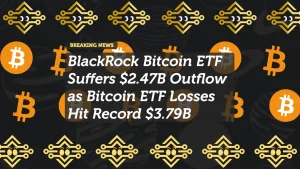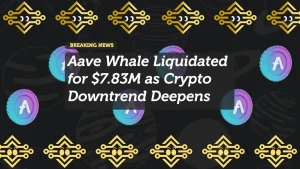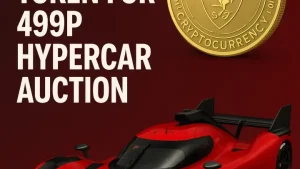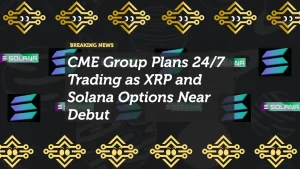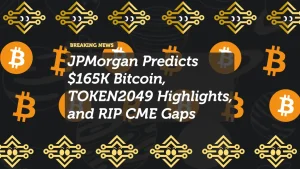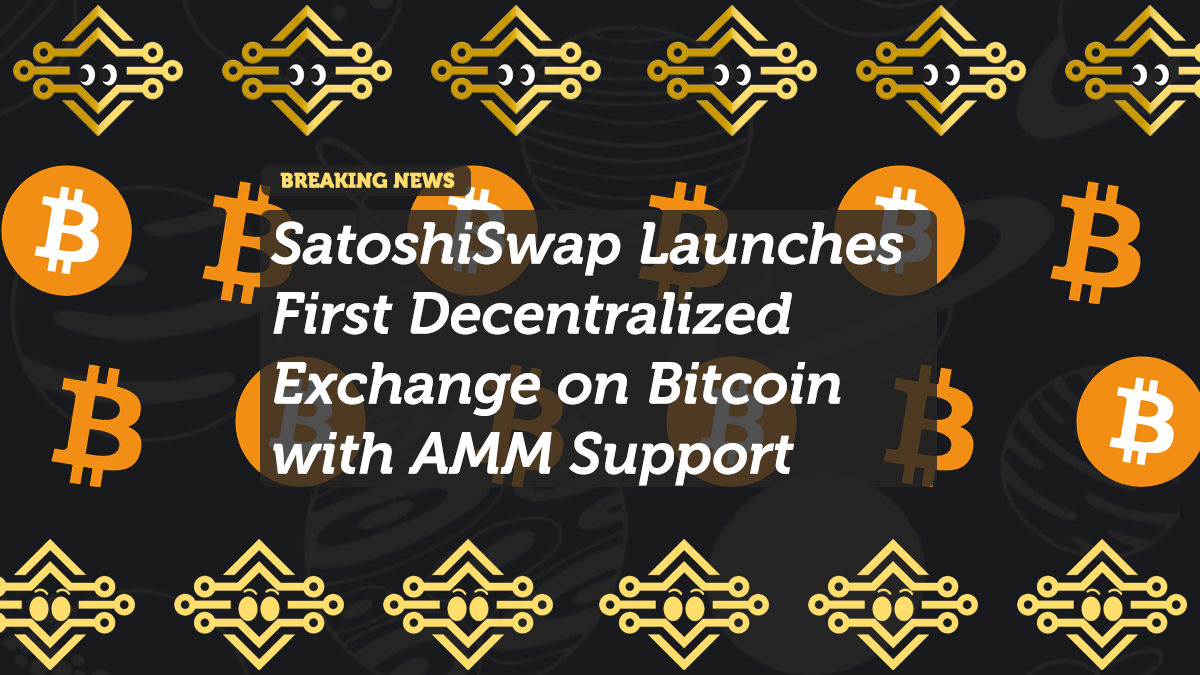
SatoshiSwap Launches First Decentralized Exchange on Bitcoin with AMM Support
A groundbreaking development has arrived in the Bitcoin ecosystem. The SatoshiSwap decentralized exchange has officially launched, offering the first fully functional automated market maker (AMM) model built directly on Bitcoin.
Unlike previous attempts that relied on wrapped tokens or layer 2 solutions, SatoshiSwap enables users to trade native BTC and BRC-20 tokens seamlessly. This innovation opens the door for true DeFi functionality on Bitcoin—without compromising decentralization or security.
How SatoshiSwap Works Without Smart Contracts
At first glance, building a decentralized exchange on Bitcoin seems impossible. After all, Bitcoin lacks native smart contract support. However, SatoshiSwap leverages Ordinals and Inscriptions to create programmable token logic within individual satoshis.
By using covenant-based scripts, the protocol enforces liquidity pool rules directly on-chain. This allows users to provide liquidity, earn fees, and swap assets—all while retaining full custody of their funds.
BRC-20 Tokens Find a Home in DeFi
One of the most exciting aspects of the SatoshiSwap decentralized exchange is its support for BRC-20 tokens. These inscribed tokens have gained popularity in recent months, but until now, lacked real utility beyond speculation.
Now, users can trade ORDI, MINT, and other BRC-20 assets instantly and securely. Moreover, liquidity providers can earn yield by supplying pairs involving these tokens. Therefore, SatoshiSwap gives BRC-20 projects a viable path toward sustainable growth and adoption.
Implications for Bitcoin’s DeFi Ecosystem
SatoshiSwap represents a major milestone for Bitcoin DeFi. Previously, developers had to rely on sidechains or alternative blockchains like Ethereum or Solana to build DeFi applications. Now, they can do so natively on Bitcoin.
This advancement could attract more builders to the Bitcoin ecosystem. As more tools and protocols emerge, Bitcoin may evolve from a store of value into a fully functioning financial platform.
Challenges Ahead for On-Chain DeFi
Despite its promising start, the SatoshiSwap decentralized exchange faces several challenges. Transaction costs on Bitcoin can be high during congestion, and block finality is slower than many competing chains.
Additionally, the user experience still lags behind established DEXs like Uniswap or PancakeSwap. However, with continued development and optimization, these hurdles can be overcome.
Final Thoughts: Bitcoin Is Ready for Real DeFi
The launch of SatoshiSwap proves that Bitcoin can support meaningful DeFi use cases. With its combination of security, decentralization, and now AMM-based liquidity pools, Bitcoin is entering a new era of utility.
As adoption grows, expect to see more innovative projects leveraging Bitcoin’s base layer for decentralized finance. The SatoshiSwap decentralized exchange may well be the catalyst that kickstarts a new wave of Bitcoin-native DeFi.











